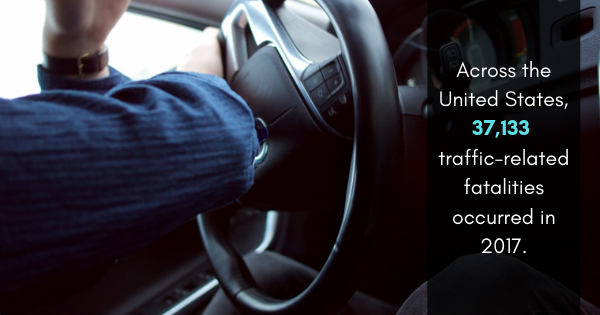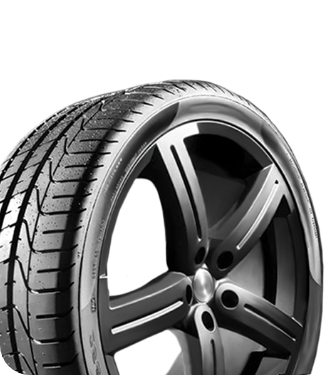

What’s the Lowest Tire Pressure You Can Drive On?
Safety Tips |It’s common for the psi in tires to fluctuate, but what’s the lowest tire pressure you can drive on before it becomes dangerous? We answer that question and more in our guide about tire pressure below.
Why Is Tire Pressure Important?
Tire pressure is critical for vehicle safety, maintenance, and tire longevity. If tires become underinflated or overinflated, they wear down faster and become more susceptible to punctures and blowouts.
Tire pressure is also crucial to vehicle balance, as a vehicle should only ride on tires within the recommended psi range. If not, the tires will wear down faster and imbalance the vehicle, which could cause further problems with the suspension. So, it’s safe to say that tire pressure is crucial for your vehicle’s safety and longevity!
How Low Can My Car Go With Tire Pressure?
Much of this will come down to the individual car, but generally, the lowest tire pressure you can drive on is usually 20 psi. Only use that lowest bar for emergencies—you should not regularly drive on tires with 20 psi unless necessary.
Anything below 20 psi, and you’re driving on a flat tire. In such cases, it’s best to pull over safely and inflate the tire or change it for a spare instead of driving further.
What Affects Tire Pressure?
Many things affect your vehicle’s tire pressure, but the air temperature and air pressure are the most significant factors. As the air temperature rises and falls, your tires’ air and rubber also react, affecting the psi.
As the temperature drops, the tire rubber contracts, dropping the air pressure within, but the tires will heat up when driving due to friction which can cause the tire pressure to return to normal. The same goes for hot temperatures—on a hot day, the rubber expands, and the added friction and heat of driving on a hot road can cause enough expansion to cause a blowout if the driver isn’t careful.
Where Can I Find My Vehicle’s Recommended Tire Pressure?
You should always keep your vehicle’s tires within the recommended psi range, as that’s the ideal setting the car manufacturer recommends for performance, longevity, and safety. Every car is different, but the generally recommended psi range for tires is between 32-35 psi.
For your car, you can find the recommended psi range in the owner’s manual, or it’s likely printed within the driver-side doorjamb.
If your tires struggle to stay within the recommended psi range, they may be too old and worn down. If so, we can help you find new tires in Clovis at RNR Tire Express! Stop by one of our many stores nationwide to get high-quality tires at affordable prices.





